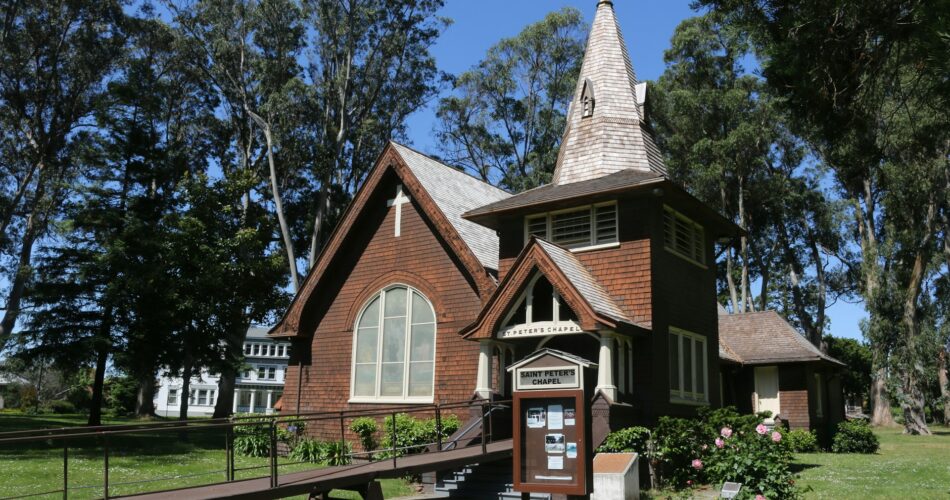Worshipers are flocking to megachurches.
Pastors of smaller churches are being urged to build on their unique advantages to help prevent closure, according to an analysis by Lifeway Research, a Christian organization that examines church trends and leadership dynamics.
In a report released June 3, Lifeway highlighted a continuing shift in the U.S. church landscape: larger congregations are expanding, while smaller ones are shrinking. Despite facing limitations such as fewer staff and reduced financial resources, smaller churches also demonstrate notable strengths, says Aaron Earls, a senior writer for Lifeway Research. These churches often benefit from strong weekly attendance, higher volunteer participation, and more generous per capita giving — particularly toward missions and charitable work.
However, many of these smaller congregations struggle with financial instability and aging membership, both of which contribute to their vulnerability. Earls emphasized that for small churches to survive and thrive, pastors must find ways to amplify these strengths while addressing the structural and demographic challenges they face.
Data from a 2020 Faith Communities Today survey revealed that 70% of American congregations draw 100 or fewer attendees to their weekly services. The average weekly attendance stands at just 65.
The 2025 National Survey of Religious Leaders (NSRL), which analyzed findings from the 2018-19 National Congregations Study and the earlier Pulpit & Pew Survey, noted that congregation size significantly shapes a pastor’s role. The study found that the largest 9% of congregations account for nearly half of all churchgoers nationwide.
According to the data, the typical U.S. congregation has 70 regular participants and operates on an annual budget of $100,000. In contrast, the average churchgoer attends services at a much larger congregation, with roughly 360 regular attendees and a $450,000 budget. This disparity highlights how a small number of large churches accommodate the majority of worshippers, along with the majority of financial and staffing resources.
The NSRL also pointed out that the median pastor leads a congregation of about 50 adults, while the average attendee belongs to a congregation with roughly 245 regular adult participants. Catholic parishes stand out in this data, with priests typically serving significantly larger congregations — often around 400 adult members.
Although the rise of megachurches might suggest that most pastors lead large congregations, the data clearly indicates that small churches remain the norm.
This dynamic is unlikely to change soon. A Lifeway report from March showed that while half of Protestant churches experienced at least a 4% increase in attendance over the past two years, 48% saw either no significant change or a decline. Larger congregations were far more likely to report growth, with 62% of churches over 250 attendees and 59% of churches with 100 to 250 attendees seeing increases. In contrast, just 45% of mid-sized congregations (50–99 attendees) and only 23% of churches with fewer than 50 reported any growth.
